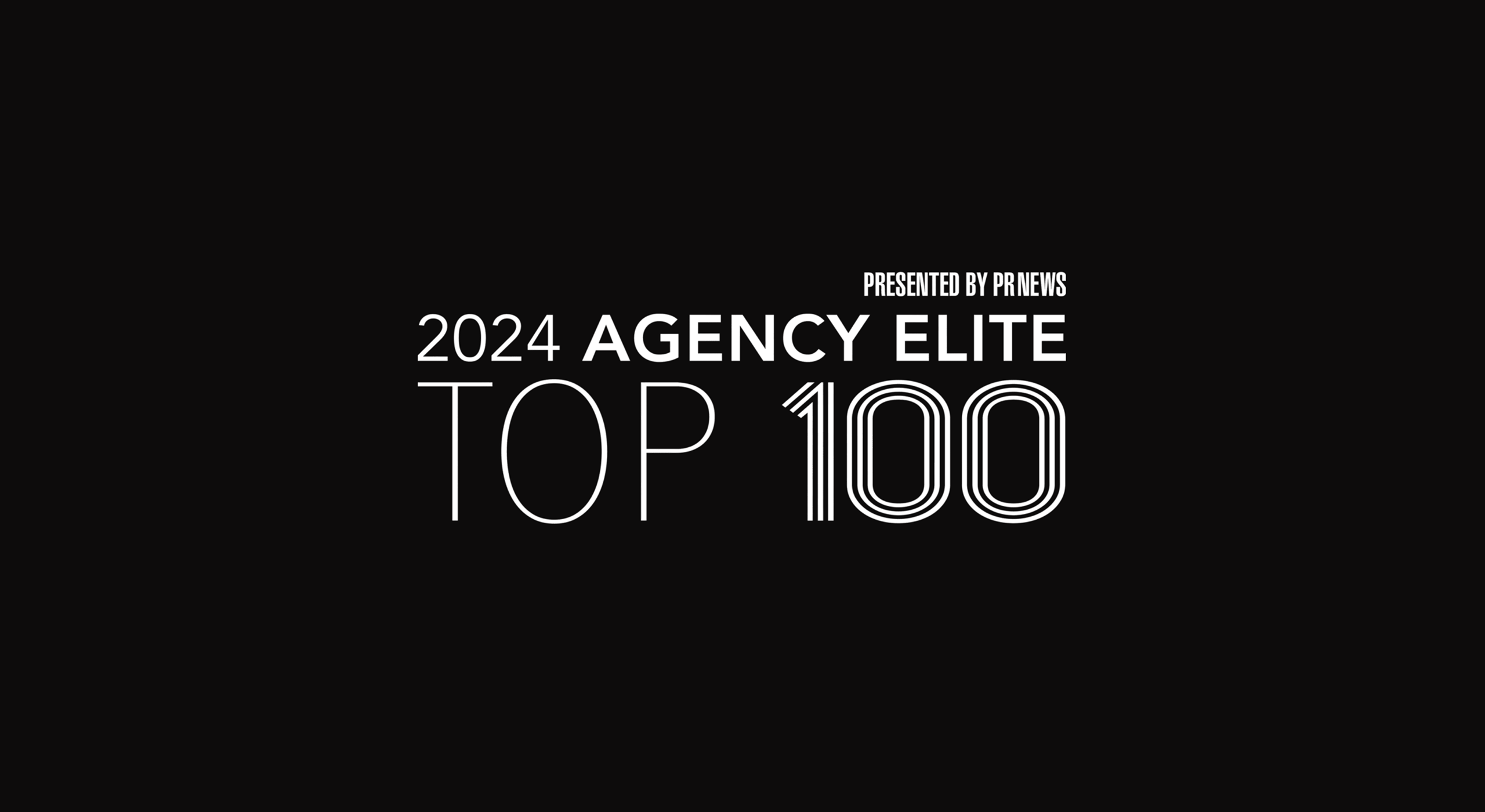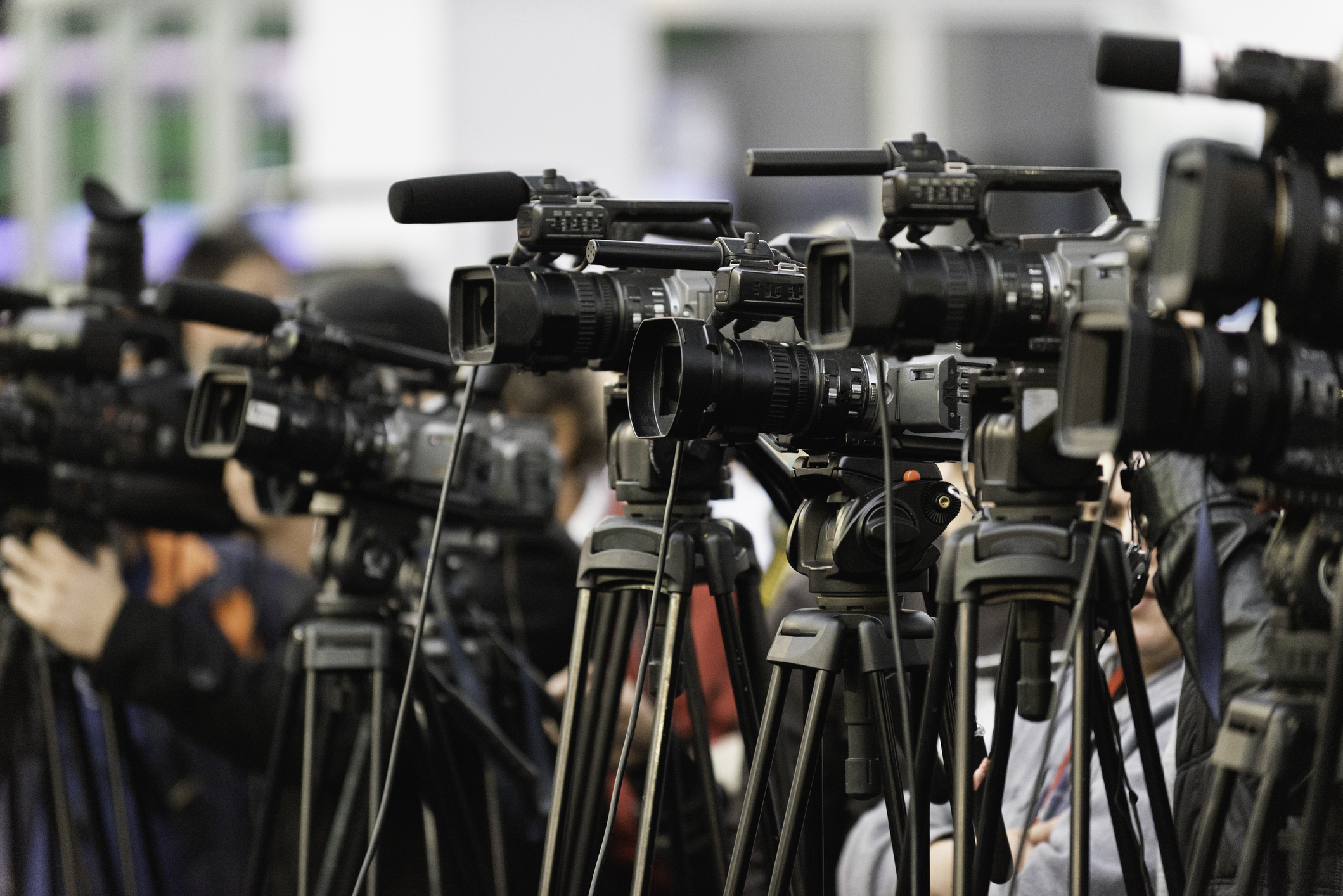
5 Ways PR Pros Can Help Rebuild Trust in Media
By: Jordan Walker
Pop open any social network today and you’ll see comments questioning the validity of stories shared by news outlets. It’s apparent that public trust for media in this country—and around the world—is a real issue. Data confirms it: in recent years, the percentage of Americans who trust traditional media outlets has plummeted to an all-time low. For the first time in history, fewer than half of all Americans expressed trust in traditional media.
Finding ways to rekindle institutional trust in what the media does and the service they provide to society is not a responsibility that rests solely with journalists. Reinvigorating what media can be to readers and listeners and audiences, and rebuilding trust through genuine, authentic storytelling is critical to what we do at Identity and what our clients want to be doing. It’s also something all public relations professionals should be cognizant of as an essential job function.
“Fake News” is Old News
The concept of fake news is not necessarily new. It’s just a new label; a catchy piece of branding that reflects the latest developments in a trend that’s been unfolding over the course of several decades (if not longer—even the Founding Fathers played a part in questioning the press).
While the underlying phenomenon might not be new, the severity of the crisis certainly is. Whether it’s the cause or the consequence, the embodiment of media distrust under the banner of fake news has seemed to coincide with a critical tipping point in recent years: a moment when growing disillusionment with mainstream media metastasized into something much more widespread—and much more dangerous.
The reasons behind this accelerating erosion of trust in media are complex and multifaceted. Cynical politicians and influential public figures denigrating and manipulating to serve their own interests. The consolidation of independent outlets under giant corporate umbrellas. An increasingly cutthroat and competitive professional environment where dollars drive decision-making and can-you-top-this sensationalism is rewarded with eyeballs and ad clicks.
There’s no question growing political and cultural polarization have thrown new fuel on the fire of media distrust, influencing public perceptions about the reliability of the media content they consume.
Truth and Consequences
Fairly or unfairly, when the independence and reliability of media is called into question, there’s a real cost. In the communications business, trust is currency. As that currency gets devalued, the entirety of the institution gets called into question—with ripple effects that extend well beyond individual choices about what websites to read or what TV channels to watch. The value of expertise itself takes a hit.
We can see the impact of that in the coverage and response to the COVID-19 pandemic. As scientific information and recommendations evolved with the crisis and uncertainty lingered about what those changes meant for everyday life, it became easy for people to doubt what they read and heard from doctors and public health experts. It became an unfortunate and impactful side effect of the virus. In too many cases, the result of that distrust has been tragic.
In the world of public relations, the consequences may be less dire—but they are no less pervasive. To a large extent, the work of PR professionals is reliant on the value of media. Clients look to us to secure third-party conversations and coverage about their product or service to tell their story. When trust in media diminishes, the value of the coverage we secure also decreases.
Steps We Can Take
As PR professionals, we can’t afford to stand on the sidelines and hope for the best. We have an active role to play in rebuilding public trust in responsible, professional media. But what does that role look like? What concrete steps can we take—right now—to make sure we are doing our part to strengthen the bonds of trust between media outlets and consumers?
Advocate
Be a supportive partner and an active and vocal advocate for quality media. In far too many cases, an almost adversarial relationship can develop between the PR functions of a company and the media covering that company. That dynamic is unsustainable, and ultimately damaging to all parties.
The PR-media partnership needs to be collaborative to be healthy; a relationship built on mutual trust and respect. It’s incumbent upon us as PR professionals to stand beside our colleagues and collaborators in media to support and affirm the quality and authenticity of their work.
Educate
Set clear expectations and educate clients. The best and most successful PR professionals make it a point to help clients and professional partners better understand the media landscape through media training and education about the process of how content is developed and presented.
We have a professional duty both to our clients and to our friends and partners in the media to illuminate that process, explain what’s media-worthy, how coverage decisions are made, what that coverage will ultimately look like, and what elements of that coverage are (and are not) under our control.
Not only does this behind-the-scenes look at how the media operates help to build trust in those institutions, it also helps avoid situations when there can be a jarring misalignment between client expectations and the nature of the coverage they receive.
Resonate
Know—and serve—your audience. High quality PR expertise is about much more than simply being a mouthpiece; it’s about being a curator, thoughtfully and strategically connecting stories with the right media channels and audiences. To perform that role well, we must understand what a community might find valuable, what will resonate with them, and what will make a meaningful impact.
The depth of that understanding not only shapes the stories told, but also how they are told. As PR professionals, by telling authentic, engaging and impactful stories in responsible ways, we not only serve our clients, we do so in ways that bolster credibility and establish trust.
Navigate
Media distrust has been growing for ages. But there’s no question that the unregulated terrain of social media (and the appealing availability of any and all information that reinforces your existing beliefs) has contributed to the accelerating pace of distrust in recent years.
PR professionals need to understand how to navigate this critical new landscape. We need to recognize that it’s not just about blue checks or the number of likes or shares—track records matter. Leveraging the power of social media responsibly means more than just maximizing views, but doing so while remaining wary of distortion, lack of context, and misleading editing.
We need to remember that many social media platforms and players have a vested interest in ginning up controversy, and we need to understand how to avoid and combat that corrosive dynamic.
Illuminate
Finally, PR professionals need to add value not just by delivering quality content, but by operating in an ethical and transparent manner at all times. Provide information in good faith to journalists and media representatives. Avoid tricks and shortcuts to get your client’s name in print or online, which ultimately lead to empty or misleading content.
Commit to providing real and substantive information that will benefit audiences and media outlets, as well as the brands and businesses you represent. A win-at-all-costs attitude and a “get the client’s name out no matter what” approach will only hurt in the long run—and diminish the reputation of the media partners we all rely on.
If what we provide has value, we contribute to a durable, reliable and vibrant media ecosystem—doing our part to support and sustain trust in the critical institutions we all depend on.



